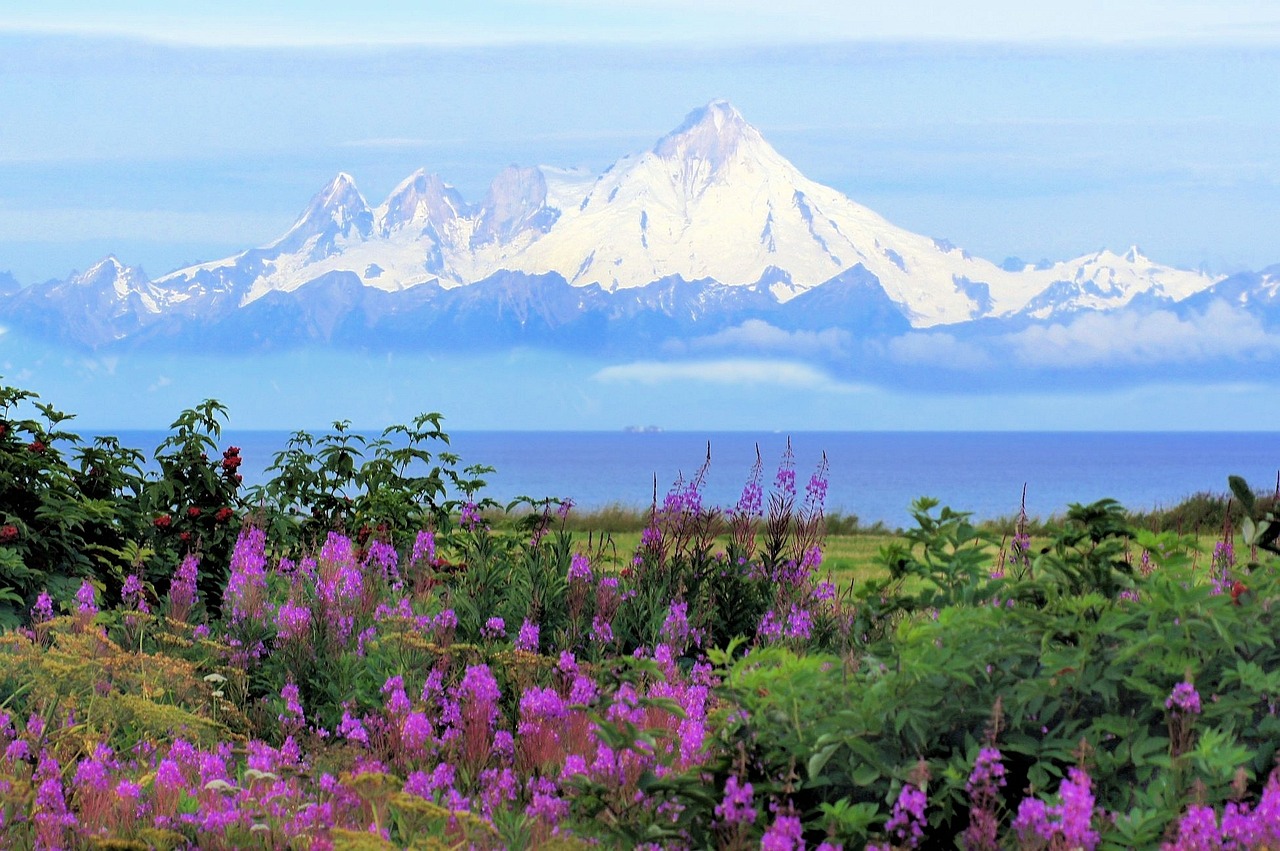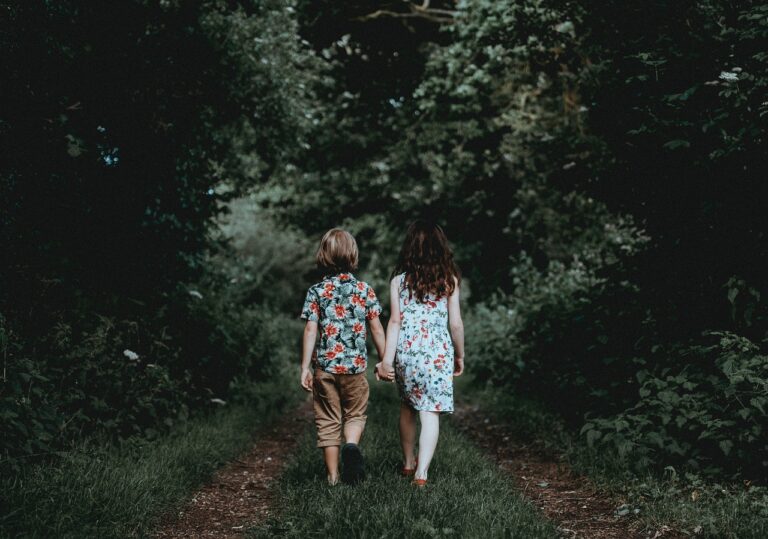The Best Destinations for Wildlife Photography
Wildlife photography is a truly remarkable art form that allows us to capture the beauty and essence of animals in their natural habitats. Whether you are a professional photographer or simply a hobbyist, there are countless destinations around the world that offer amazing opportunities for capturing stunning wildlife images. From the vast African savannas to the lush rainforests of South America, here are some of the best destinations for wildlife photography:
1. Maasai Mara National Reserve, Kenya
The Maasai Mara National Reserve in Kenya is one of the most famous wildlife destinations in Africa. Known for its incredible population of large mammals, including lions, leopards, elephants, and zebras, the Maasai Mara offers photographers the chance to capture some truly iconic African wildlife images. The annual wildebeest migration, where millions of wildebeest and zebras cross the Mara River, is a must-see event for any wildlife photographer.
2. Galapagos Islands, Ecuador
The Galapagos Islands are a UNESCO World Heritage Site known for their unique and diverse wildlife. From giant tortoises to marine iguanas and blue-footed boobies, the Galapagos Islands offer photographers the chance to capture some of the most fascinating and exclusive species in the world. The islands’ remote and isolated location means that many of these creatures are incredibly tame and unafraid of humans, making for amazing up-close photography opportunities.
3. Borneo, Malaysia
Borneo is home to some of the world’s most iconic and endangered animal species, including orangutans, proboscis monkeys, and pygmy elephants. The island’s lush rainforests offer photographers the chance to capture these amazing creatures in their natural habitat. In addition to its incredible wildlife, Borneo is also known for its stunning landscapes, including towering mountains, pristine beaches, and crystal-clear rivers.
4. Yellowstone National Park, USA
Yellowstone National Park is one of the best destinations for wildlife photography in North America. From grizzly bears and wolves to bison and elk, Yellowstone is home to a diverse array of animals that can be captured in their natural environment. The park’s iconic geothermal features, including the geysers and hot springs, add an extra element of interest to wildlife photography in Yellowstone.
5. Antarctica
Antarctica is a truly unique destination for wildlife photography, known for its incredible population of penguins, seals, and whales. The stark beauty of the Antarctic landscape combined with its abundant wildlife make it a paradise for photographers looking to capture some truly extraordinary images. From cruising through ice-filled waters to hiking on glaciers, Antarctica offers photographers a once-in-a-lifetime opportunity to capture some of the most remote and pristine wildlife on Earth.
6. Serengeti National Park, Tanzania
The Serengeti National Park in Tanzania is another iconic destination for wildlife photography. Known for its vast open plains, the Serengeti is home to the famous Big Five game animals – lions, leopards, elephants, buffalo, and rhinoceros. The park also offers photographers the chance to witness the annual wildebeest migration, where thousands of animals move across the savanna in search of greener pastures.
FAQs
Q: What camera equipment is best for wildlife photography?
A: When it comes to wildlife photography, having the right equipment is crucial. A good telephoto lens is essential for capturing distant subjects, while a sturdy tripod can help stabilize your shots. In addition, a camera with a fast burst rate and high ISO capability can help you capture fast-moving animals in low light conditions.
Q: How can I get closer to wildlife for better photos?
A: Getting closer to wildlife for better photos requires patience and respect for the animals. It’s important to approach slowly and quietly, avoiding sudden movements that might startle the animals. In some cases, hiring a local guide or joining a guided tour can help you get closer to wildlife without disturbing them.
Q: What are some tips for capturing great wildlife photos?
A: To capture great wildlife photos, it’s important to be prepared and observant. Make sure your camera settings are adjusted for the conditions, and be ready to take the shot at a moment’s notice. Patience is key when it comes to wildlife photography, as you may have to wait for hours for the perfect moment. Finally, always respect the animals and their environment, and never do anything that might harm or disturb them.
Conclusion
Wildlife photography is a rewarding and fulfilling pursuit that allows us to connect with nature and capture the beauty of the natural world. By choosing the right destinations and being prepared with the right equipment and knowledge, photographers can create stunning images that inspire and amaze. Whether you’re a seasoned pro or a beginner, there are countless opportunities around the world to capture incredible wildlife images that will last a lifetime.





